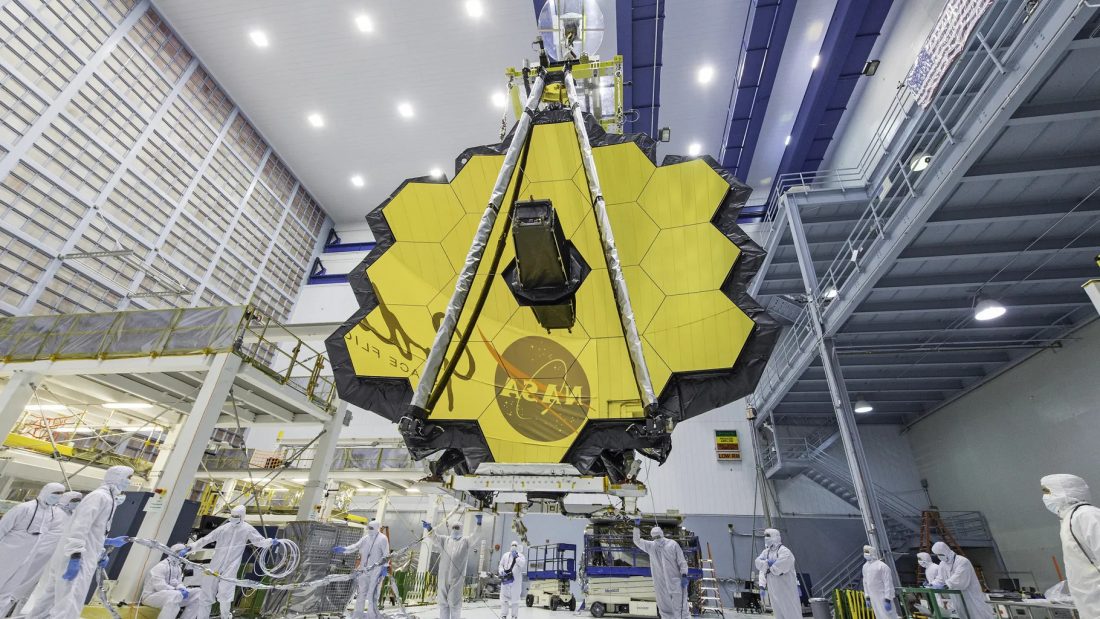
The Webb Telescope gets the most technologically advanced camera
The JWST orbiting observatory, which NASA plans to launch by the end of 2021, is the largest space telescope ever built. It will perform the incredibly complex function of gathering infrared light from the farthest reaches of the Universe, so scientists can study its structure and the nature of its origin.
Most cosmic bodies – planets and stars in particular, but also the dust and gas that created them – emit thermal radiation (infrared light). Many other objects do the same, say a person, a television set, a coffee machine… This means that JWST’s four infra-red devices will be interfered with by their own infra-red light.
The technical components of the Webb Telescope
To reduce these emissions, the equipment has to be really very cold (-233°C). But for the telescope to work properly, the temperature of the detectors in the MIRI instrument must be even lower (-266°C). This is only a few degrees warmer than absolute zero, which is the hypothetical lowest possible temperature (-273.15°C). In practice, it is unattainable because there must be no heat at all.
When the Webb Telescope is launched, a huge sun shield will be deployed to protect MIRI and the rest of the instrument from the Sun’s thermal radiation, giving it a passive cooling capability. After about 2.5 months in space, thanks to the cryogenic equipment of the observatory, the temperature of the MIRI detectors will begin to drop to the necessary -266°C for nineteen days.

Cooling problems
The press quotes Konstantin Penanen, a cryogenic equipment specialist working for one of NASA’s laboratories (JPL, Southern California) operating the MIRI spacecraft: “It is not a big problem to cool any objects to ultra-low temperatures on Earth, which is usually done for some industrial or scientific purposes. However, such ground-based equipment is extremely bulky. For a space observatory, there is a need for a compact, energy-efficient cooler with high reliability, because we won’t be able to walk up to it and repair the malfunction. These are serious challenges that had to be overcome.”
Immediately after launch, the James Webb will become the premier space telescope of mankind. The observatory is designed to solve the mysteries of the cosmos, explore distant worlds near different star systems, and study the mysterious structures and processes that gave rise to the Universe. The observatory is an international programme led by NASA. European and Canadian space agencies are also participating.
MIRI was developed jointly by NASA and ESA. The Jet Propulsion Laboratory led the American effort to develop MIRI, while an international alliance of astronomical research institutes in Europe is working to help ESA. The American MIRI science team is led by George Ricoeur of the University of Arizona and the European team is led by Gillian Wright.
The high-tech near-infrared camera will be the telescope’s main imaging tool. It is based on MerCadTel detectors. The device operates in the range of 0.6 to five micrometers. It was developed by the University of Arizona and a division of Lockheed Martin Corporation.
